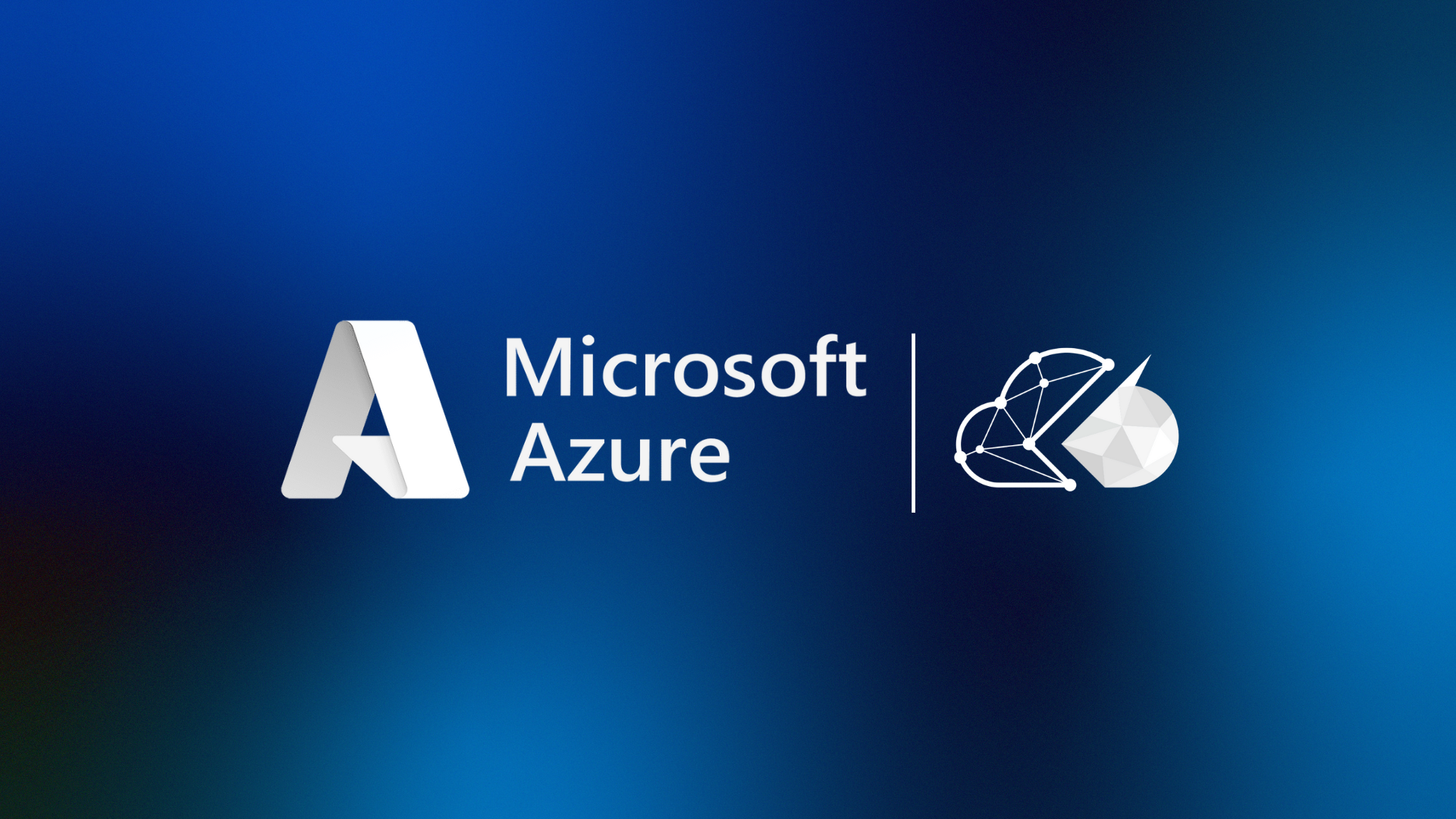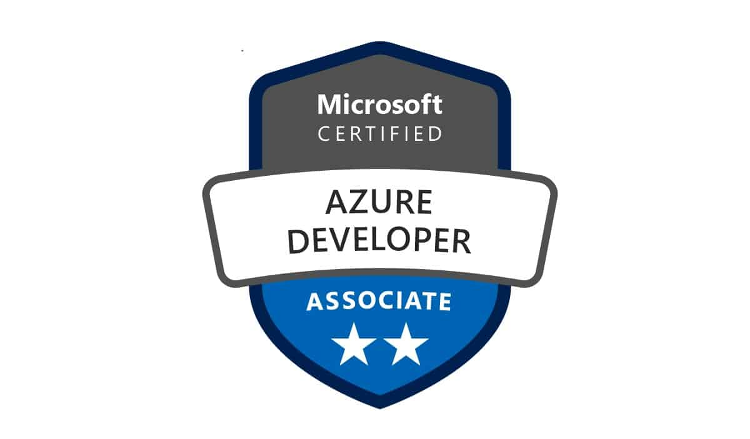
The Ultimate AZ-204 Developing Azure Solutions Study Guide
Welcome to the AZ-204 Study Guide, where you will be guided through steps to prepare for and pass the AZ-204 exam. The guide covers several pieces of material for you to make your journey to passing the AZ-204 exam, including links to training courses, books, and other content you can use to perfect your study approach. You will also find links to helpful Microsoft docs at the end of this Ultimate Guide.
If you are completely unsure where to begin in your certification journey, make sure to check out our post on certification paths.
If you like this guide, be sure to check out our other Ultimate Study Guides on our website under “Study Material”.
What is the Developing Solutions for Microsoft Azure (AZ-204) Certification?
This certification is designed for IT and cloud professionals who have 1-2 years of experience with development tools and processes and wish to take their knowledge to the next level by passing the AZ-204 exam.
The exam, according to Microsoft, requires that you have or build a strong knowledge base around:
Azure SDKs
Azure PowerShell
Azure CLI
Data storage options
Data connections
APIs
App authentication and authorization
Compute and container deployment
Debugging
Performance tuning
Monitoring
To elaborate further, let’s look at the exam description as indicated by Microsoft on their AZ-204 site.
“Candidates for this exam should have subject matter expertise designing, building, testing, and maintaining cloud applications and services on Microsoft Azure.
Responsibilities for an Azure Developer include participating in all phases of cloud development from requirements definition and design to development, deployment, and maintenance. performance tuning, and monitoring.
Azure Developers partner with cloud solution architects, cloud DBAs, cloud administrators, and clients to implement solutions.
A candidate for this exam should have 1-2 years professional development experience and experience with Microsoft Azure. In addition, the role should have ability programming in a language supported by Azure and proficiency in Azure SDKs, Azure PowerShell, Azure CLI, data storage options, data connections, APIs, app authentication and authorization, compute and container deployment, debugging, performance tuning, and monitoring.”
Microsoft also notes that you could be eligible for college credit by taking and passing this exam. You can find more information on this topic here: ACE college credit for certification exams
FAQ
What do I get once I pass the exam?
Once you pass the exam, you will be the proud owner of the “Microsoft Certified: Azure Developer Associate” badge.
Where do I sign up for the exam?
You will want to navigate to the Microsoft Certified: Azure Developer Associate certification page and schedule the exam with an exam administrator, such as Pearson View in the US. Note that if you are currently seeking employment and do not have a position due to COVID-19, you can schedule the exam at a discounted rate. The example below shows a discount from $165 --> $15.
You can find Microsoft exam FAQs here: https://docs.microsoft.com/en-us/learn/certifications/frequently-asked-questions
What is the pass mark for the AZ-204 test?
Microsoft certification exams are scored out of 1000. You need a 700 or higher to pass the AZ-204 exam and gain your Azure Developer Associate badge.
Is the AZ-204 Azure exam worth taking?
Yes! Taking the exam is a great way to solidify your knowledge and prove to yourself/your employer that you know you stuff when it comes to developing Azure solutions.
How long is the certification valid?
The AZ-204 certification is valid for two years.
How long does it take to study for the AZ-204 exam?
The AZ-204 is an INTERMEDIATE level certification so you should be prepared to set aside time to study for the exam. Before we discuss timing, think about how the exam is broken out. The AZ-204 covers the following major areas:
· Develop Azure compute solutions (25-30%)
· Develop for Azure storage (10-15%)
· Implement Azure security (15-20%)
· Monitor, troubleshoot, and optimize Azure solutions (10-15%)
· Connect to and consume Azure services and third-party services (25-30%)
The percentages indicated above give you an indication on how the test is broken out. This means, you should expect around 25-30% of your questions to focus on developing Azure compute solutions. Take note of the first and last major areas. Those sections alone can account for upwards of 50% of the entire exam curriculum.
How hard is the AZ-204 exam?
Depending on how much prior experience you have with the AZ-204 subjects, the exam can range from passable to difficult. The exam aims to confirm what you have learned with 1-2 years of development experience in Azure, so be prepared that you should have some real-world background. You should go into the exam expecting multiple types of questions. Multiple choice, scenarios, labs etc.
One key is not to be overwhelmed as you get into the exam. You will have lots of questions to go through and you can often come back to questions you didn’t fully grasp at first. Make extra sure to get hands on experience by following along with the demos and trying things out for yourself in your own lab. If you are looking for ways to keep your costs down while learning Azure, check out this article.
Are you ready to do this? Are you committed? You won’t regret it! Let’s look at all the study material available.
AZ-204 Study Material
AZ-204 Certification Course
The Refactored AZ-204 training course by Joe Fecht was released in December 2020. It included 5.5 hours of video content and practice questions at the end of each section to confirm what you have learned. The course is broken out into the following sections:
· A course introduction to set the stage for your learning
· Understanding Azure Infrastructure as a Service (IaaS)
· Leveraging Container Resources
· Azure App Services
· Azure Functions
· Cosmos DB Storage
· Azure Blob Storage
· Authentication
· Azure Key Vault
· Application Delivery
· Monitoring Applications
· Logic Apps
· API Management
· Event Based Solutions
This is the most structured way to work through the curriculum as it combines lectures with walkthrough demos so you can learn about the topic before seeing how it is implemented.
In addition to the training videos and practice questions, this course includes PowerShell and Azure CLI Administrators Guides.
AZ-204 EXAM REFERENCE BOOK
The Microsoft Press Book – AZ-204 Developing Solutions for Microsoft Azure is a great resource. Grab this book from Amazon.
Study links and documents
Now for the major pieces of reading material. Below you will find all the links to relevant Refactored blog posts and Microsoft documentation to cover the key topics. Consider all the links below essential reading for the exam unless they are marked as optional. Even if they are marked as optional, consider reading them to further clarify the subject matter and help you continue your learning path beyond the architect certification.
Microsoft Docs AZ-204 Study Guide Resources
Develop Azure compute solutions (25-30%)
Implement IaaS solutions
provision VMs
configure VMs for remote access
create ARM templates
create container images for solutions by using Docker
publish an image to the Azure Container Registry
run containers by using Azure Container Instance
Create Azure App Service Web Apps
create an Azure App Service Web App
enable diagnostics logging
deploy code to a web app
configure web app settings including SSL, API, and connection strings
implement autoscaling rules, including scheduled autoscaling, and scaling by operational or system metrics
Implement Azure functions
implement input and output bindings for a function
implement function triggers by using data operations, timers, and webhooks
implement Azure Durable Functions
Develop for Azure storage (10-15%)
Develop solutions that use Cosmos DB storage
select the appropriate API for your solution
implement partitioning schemes
interact with data using the appropriate SDK
set the appropriate consistency level for operations
create Cosmos DB containers
implement scaling (partitions, containers)
implement server-side programming including stored procedures, triggers, and change feed notifications
Develop solutions that use blob storage
move items in Blob storage between storage accounts or containers
set and retrieve properties and metadata
interact with data using the appropriate SDK
implement data archiving and retention
implement hot, cool, and archive storage
Implement Azure security (15-20%)
Implement user authentication and authorization
implement OAuth2 authentication
create and implement shared access signatures
register apps and use Azure Active Directory to authenticate users
control access to resources by using role-based access controls (RBAC)
Implement secure cloud solutions
secure app configuration data by using the App Configuration and KeyVault API
manage keys, secrets, and certificates by using the Key Vault
implement Managed Identities for Azure resources
Monitor, troubleshoot, and optimize Azure solutions (10-15%)
Integrate caching and content delivery within solutions
develop code to implement CDN’s in solutions
configure cache and expiration policies for FrontDoor, CDNs, or Redis caches
store and retrieve data in Azure Redis cache
Instrument solutions to support monitoring and logging
configure instrumentation in an app or service by using Application Insights
analyze log data and troubleshoot solutions by using Azure Monitor
implement Application Insights Web Test and Alerts
Connect to and consume Azure services and third-party services (25-30%)
Develop an App Service Logic App
create a Logic App
create a custom connector for Logic Apps
create a custom template for Logic Apps
Implement API management
create an APIM instance
configure authentication for APIs
define policies for APIs
Develop event-based solutions
implement solutions that use Azure Event Grid
implement solutions that use Azure Notification Hubs
implement solutions that use Azure Event Hub
Develop message-based solutions
implement solutions that use Azure Service Bus
implement solutions that use Azure Queue Storage queues
You made it this far? Fantastic. You learned a lot I hope and we want to help more!
GETTING HELP?
Make sure to join the Azure Study Group on Facebook and ask questions if you get stuck at all. Thousands of people are preparing to take this exam and there’s nothing better than helping each other out?
Good luck!

Level Up Your Career
Choose a membership plan and get started today!
Perfect for beginners looking to explore.
(3) FREE Fundamental Courses: AI, Cloud & Azure
Career Roadmap - Jump Start Edition
Refactored Community Access
Ideal for serious learners prepping for certification and long-term growth.
Unlimited Course Access
Premium Career Roadmap & Learning Paths Guide
Labs & Practice Questions
Refactored Community Access
Social Media Sharing
Designed for personalized rapid career growth & job placement.
EVERYTHING from the Premium Membership
Dedicated Refactored Mentor
Personalized 1:1 Training Plan
Resume Review & Interview Coaching
Job Placement Assistance w/ Dedicated Recruiter Partner
Best Practice Playbooks & Job Aids
Refactored Swag Box
Labs & Practice Questions
PowerShell & CLI Guides
Exclusive Refactored Community Content









